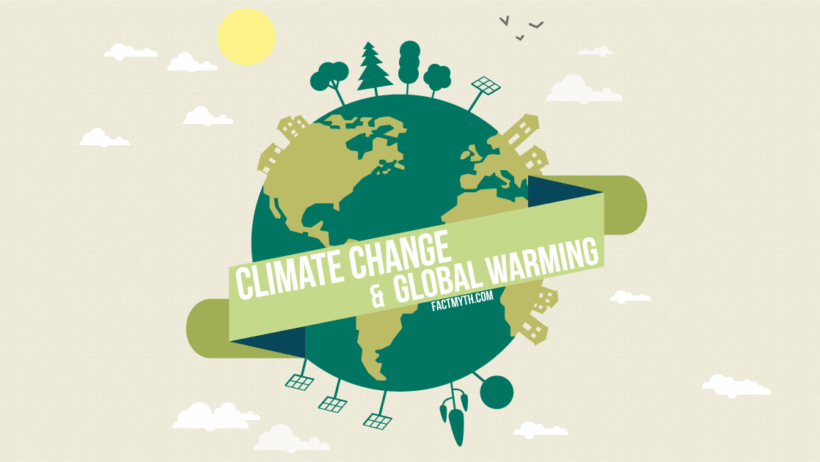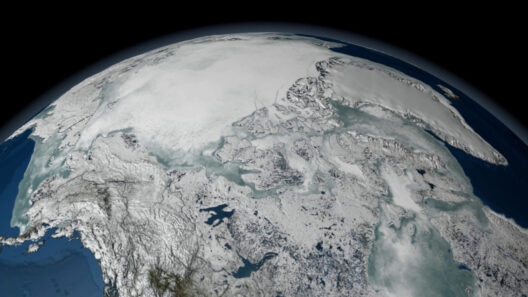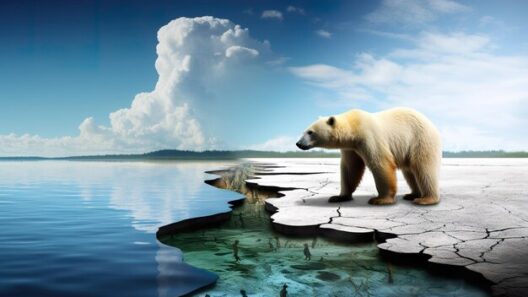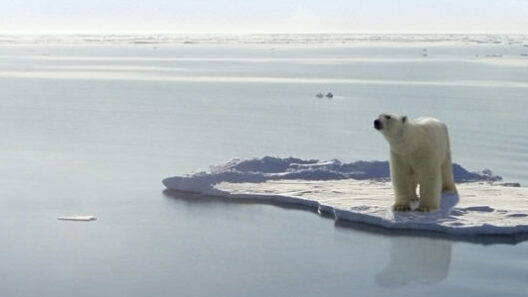In recent years, the terms “climate change” and “global warming” have become omnipresent in discussions surrounding environmental issues. However, many individuals grapple with the nuances that differentiate these concepts. While often used interchangeably in mainstream discourse, the distinction between them is fundamental. Understanding the intricate relationship between climate change and global warming is essential for comprehending the broader implications of our environmental challenges.
Global warming refers specifically to the increase in Earth’s average surface temperature due to rising levels of greenhouse gases (GHGs) in the atmosphere, principally carbon dioxide (CO2) and methane (CH4). This phenomenon emerged from 19th-century industrialization, where the burning of fossil fuels released substantial amounts of these gases. Climate change, on the other hand, encompasses a broader spectrum of alterations in climate patterns over an extended period, including shifts in temperature, precipitation, and weather extremes, alongside global warming.
In this exploration, we will dissect the intricacies of these concepts, examine their interdependence, and assess how they shape our environmental landscape.
The Science of Global Warming
Global warming is a direct result of anthropogenic influence. The burning of fossil fuels—coal, oil, and natural gas—contributes significantly to the emission of greenhouse gases. These gases trap heat in the atmosphere, creating a “greenhouse effect.” This process is somewhat analogous to covering a pot of boiling water with a lid; the heat accumulates and causes the temperature to rise. As a consequence, the Earth’s average temperature has risen approximately 1°C (1.8°F) since the late 19th century. This seemingly minor increase holds profound ramifications.
One critical aspect of global warming is its direct link to melting polar ice and glaciers, leading to rising sea levels. The Intergovernmental Panel on Climate Change (IPCC) forecasts that sea levels could rise by as much as 1 meter by the end of this century if emissions continue unabated. This threatens coastal communities globally, exacerbating risks of flooding and displacement.
Furthermore, the increase in temperature disrupts ecosystems, affecting biodiversity. Some species can adapt to changing conditions, while others may face extinction. This phenomenon can trigger cascading effects through food webs, altering habitats and diminishing many species’ resilience. Thus, global warming initiates a chain reaction, showcasing its perilous impact.
The Broader Spectrum: Climate Change
While global warming is a crucial component of climate change, the latter is characterized by its complexity. Climate change is not merely about temperature elevation; it reflects variations in atmospheric patterns, ocean currents, and consequently, weather phenomena. This includes increased incidences of extreme weather events, such as hurricanes, droughts, and floods. The prevalence of such unpredictable weather patterns serves as a bellwether of the climate crisis.
Various regions of the world have already begun to experience the implications of climate change. For instance, areas that once enjoyed moderate rainfall are now facing severe droughts, while others are inundated with unprecedented storms. These irregularities disrupt agricultural practices, threatening food security across the globe. Furthermore, climate change disproportionately impacts vulnerable populations, exacerbating social and economic disparities.
Climate change also holds significant repercussions for human health. Rising temperatures can contribute to the proliferation of vector-borne diseases, which thrive in warmer conditions. Heatwaves can lead to heat-related illnesses, particularly among the elderly and those with pre-existing health conditions. Thus, the effects of climate change are not confined to the environment alone; they infiltrate public health and social welfare as well.
The Interplay of Factors: How Global Warming and Climate Change Coalesce
The relationship between global warming and climate change can be likened to a twofold equation where one influences the other. As global temperatures rise, the subsequent alterations in climate patterns emerge as a consequence. For instance, melting ice caps contribute to oceanic changes that can shift weather systems, causing erratic climate behavior. This demonstrates that global warming is not an isolated phenomenon; it is intricately linked to the overarching narrative of climate change.
Moreover, the feedback loops tied to both concepts must be considered. For instance, as polar ice melts, less sunlight is reflected back into space, causing even further heating. This increased heat can lead to increased water vapor in the atmosphere, a potent greenhouse gas, which exacerbates global warming. Such feedback mechanisms only amplify the urgency of addressing both global warming and climate change in concert.
Facing the Reality: Mitigation and Adaptation Strategies
Addressing the challenges posed by global warming and climate change requires a multifaceted approach. Mitigation strategies aim to reduce greenhouse gas emissions through the adoption of renewable energy sources, promoting energy efficiency, and implementing carbon capture technologies. Transitioning away from fossil fuels to sustainable energy sources like solar, wind, and hydroelectric power is pivotal in the fight against global warming.
On the other hand, adaptation strategies focus on enhancing resilience to the effects of climate change. This involves developing infrastructure that can withstand extreme weather, implementing water conservation techniques, and creating policies that support sustainable agricultural practices. Urban planning must also evolve to consider the potential impact of climate change, envisioning cities designed for resilience.
It is imperative that policy frameworks embrace the nuanced relationship between global warming and climate change. By integrating scientific understanding into policy-making, we can foster sustainable practices that reflect the interdependence of these phenomena, securing a healthier planet for future generations.
In conclusion, while climate change and global warming are often mistakenly conflated, recognizing their distinct yet interconnected nature is fundamental. Global warming serves as a significant driver of climate change, which manifests in distressed weather patterns and catastrophic environmental consequences. Collectively addressing these challenges through mitigation and adaptation strategies will be crucial in forging a sustainable path forward.








